From fly-fishing to photography, Coloradan Todd Bacon’s passions have led to a destiny-fulfilling career behind the lens, where he aims to capture “life’s essence.” I caught up with him to learn what inspires him to get the shot.
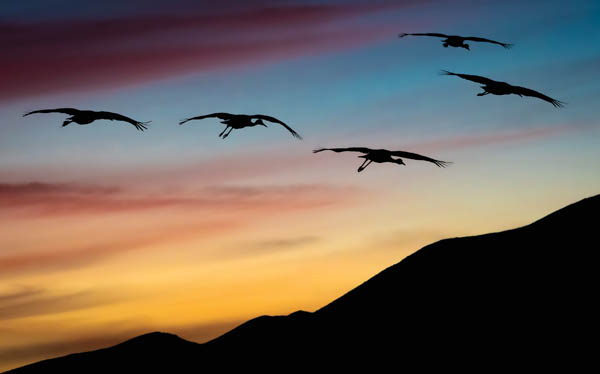

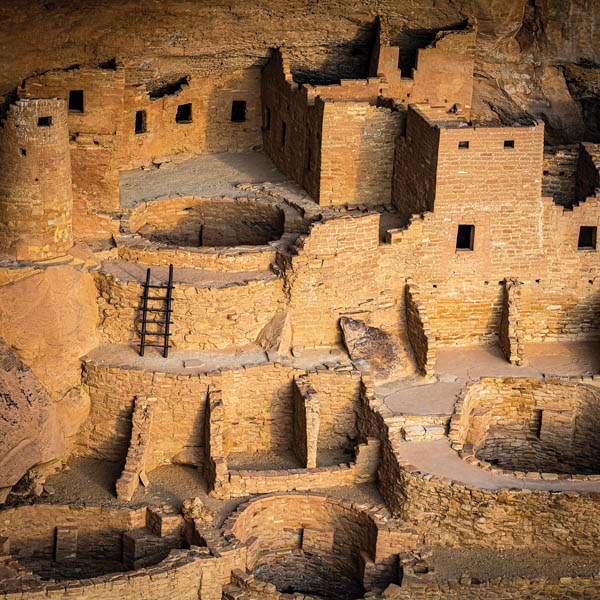
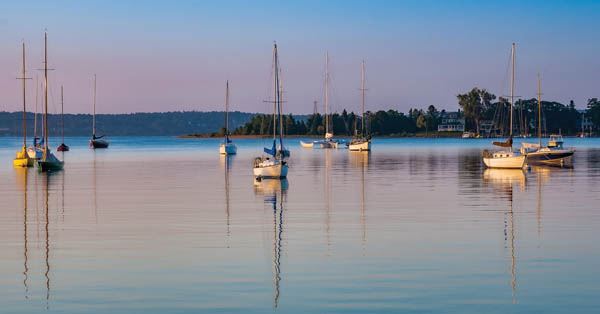


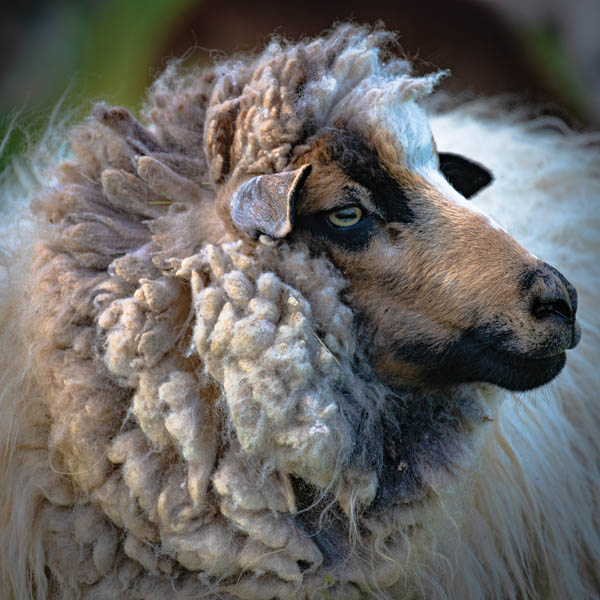
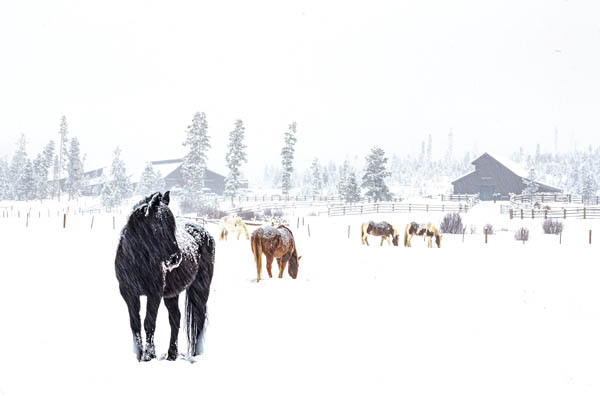

Tell me about your background. Have you always been a photographer?
I started shooting about 25 years ago. We had planned a family vacation on Lake Michigan near the tip of the Lower Peninsula of Michigan. I was nursing sore knees from running and skiing and was advised to take some time off from running. That hiatus left a big hole in my daily activities, so on an impulse, I bought a Nikon camera the day before we left and was determined to learn to use it on that trip. I think it was Dale Carnegie who wrote in his famous book How to Win Friends and Influence People that “you become what you think about the most” (I could be wrong about that source, but that concept has stuck with me for decades.) I think about photography a lot. I am largely self-taught from reading photography books, magazines and watching YouTube videos. I probably look at a hundred photographs every day.
What makes you stand apart from other photographers?
I have found the world of photographers to be very supportive of each other as people trying to express themselves and supportive of each other’s work, so I prefer to think of it as standing together, rather than standing apart. Having said that, I think my subject matter is more diverse than a lot of photographers’ work. I’m intrigued by the human experience and empathetic to what people go through in life; that means trying to capture life’s essence whether it’s a cowboy at the rodeo or how one reacts to seeing a gorgeous landscape. I come from a lifetime of fly-fishing, and those experiences have taught me the value of patience. So much of photography is just like fly-fishing; sometimes you go out and the fishing is slow, slow, slow. The same can be true with photography: You head out to capture a sunset, and Mother Nature doesn’t cooperate. On the other hand, the sensation of clicking the shutter and knowing that I’ve just taken a great photo is the exact same feeling as the moment of hooking a big fish.
It seems you go to great lengths to get just the right shot. What are some of the unique places or predicaments you’ve found yourself in?
The vast majority of my photography is done outside in natural light. My absolute favorite kind of photo outing is to get up well before dawn and head out into the darkness with a mug of coffee and a banana, a yogurt and a peanut-butter-and-jelly sandwich in the passenger seat. I’m a huge music buff, so with the right tunes playing and a great sense of anticipation I’m ready to find out what adventures lie ahead. In terms of unique situations, I have recently dabbled a little bit in night or astral photography. That’s a whole different world unto itself. It can be unnerving to be out in complete darkness (no moon, and the darker the better to get the stars at their best). I photographed the Neowise Comet inside an empty rodeo arena. I photographed the famed Moulton Barns in Grand Teton National Park during a meteor shower with buffalo snorting in the distance. In the Four Corners area of Colorado, I photographed a life-size bronze sculpture of a Native American holding a buffalo skull up to the gods, with the Milky Way lighting up the sky behind him and coyotes howling nearby. For the past two winters, I have photographed horses in snowstorms, trying to capture what they look like after enduring a night of heavy snow and blowing winds. I put myself in their same environment to get those shots standing in knee-deep snow with howling winds and temps in the single digits. That experience is not for everyone, to be sure, but one of my photography heroes, Dewitt Jones, coined the phrase “find the extraordinary in the ordinary” and that mantra helps me to keep my eyes open and to see the world around me in different ways.
Where are your favorite places to shoot?
I am infatuated with the iconic American West, which includes the landscapes, the architecture and the people. I am on the Board of Trustees of the Mesa Verde Foundation and I love being in the Park at sunset after the crowds have moved on and I have the dwelling sites to myself. What a deeply emotional experience that is, and the challenge for a photographer is how to capture those feelings in a still photograph. I am most familiar with the Rockies, from Wyoming through Colorado and down to New Mexico. In contrast, I recently spent time on the coast of Maine and I felt like everywhere I turned, there was a photo waiting to be taken. I came home with over 1,700 images.
What’s on your “bucket list” to shoot?
We’re working on a trip to Scotland in the fall which has been on my bucket list for years. My paternal grandmother was from Scotland, and my father lived there from age three to six before emigrating to the US. My focus will be on small villages, the Highlands and the Inner and Outer Hebrides with a couple of days in Edinburgh. I’ve been scouring Instagram learning about shooting locations that speak to me.
Any recommendations for amateur photographers planning to travel soon?
Another one of my photo heroes is National Geographic photographer Jim Richardson. He once responded to a question in a webinar about how to take better photographs by saying, “If you want to take better pictures, put the better subject matter in front of your camera.” Initially I thought he was flippant, but now I find myself thinking about that phrase all the time. For amateur photographers, phones are very capable of taking incredible photos—you don’t need big, expensive gear to be successful. The keys are the subject matter and the quality of the light. I rarely shoot in the middle of the day. I love to get up before dawn and head to a spot that I’ve checked out ahead of time. The best times to shoot are the “blue hour” which occurs just as the first light is coming on in the morning and again after the sun has set in the evening. It only lasts about 15 minutes, so it’s a misnomer, but it’s all the rage among photographers right now. The “golden hour” refers to the saturated light and long shadows that occur around sunrise and sunset.
Where can people see your works?
I have an exhibit at the History Colorado Center running mid-March through mid-May featuring horses in the Rockies during winter storms. I’m pretty excited about this opportunity. Additionally, I try to post something every other day on Instagram. I also have several video slideshows on Vimeo where I get to combine my love of music and photography. I find music really enhances the photos and one of my favorites is called “October Days in Jackson Hole.”
Todd Bacon Photography
POP-UP EXHIBITION
Snowbound Strength
March 11 — May 15
History Colorado Center, Denver


